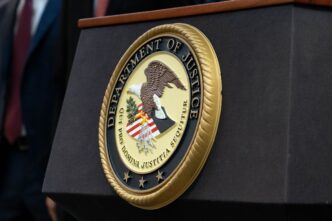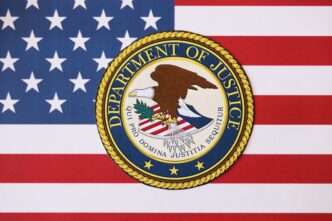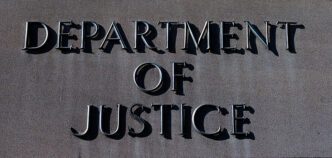A devastating explosion shook a federal office building in Oklahoma City on April 19, 1995, leaving an indelible mark as the deadliest domestic attack on U.S. soil. A truck bomb containing fertilizer and fuel oil, placed by a former U.S. Army soldier, detonated outside the Alfred P. Murrah Federal Building, resulting in the tragic deaths of 168 individuals, including 19 children, and injuring over 500 others.
At 9:02 a.m., what initially felt like a minor quake alarmed staff members at The Associated Press office in Oklahoma City. Quickly, it became clear that the tremor was a massive explosion at the nearby federal building. The AP’s Oklahoma City news editor immediately deployed reporters and photographers to cover the unfolding disaster, marking the beginning of extensive on-site journalism in the wake of the attack.
Among the first to arrive was Judy Gibbs Robinson, an AP broadcast editor, who vividly recalls navigating shattered glass and documenting the scene. Her recent training equipped her with the skills to capture the harrowing sights and sounds, providing crucial information as the situation developed. Meanwhile, emergency crews and responders inundated the area, working under dire circumstances to rescue survivors and provide aid.
The day was a whirlwind for the AP staff, led by bureau chief Lindel Hutson, who coordinated the massive influx of information, images, and inquiries from media outlets worldwide. An amateur photographer’s poignant image of a firefighter holding a wounded infant became symbolic of the attack’s tragic impact, earning a Pulitzer Prize for its powerful representation.
The AP’s Oklahoma City bureau transformed into a bustling hub, coordinating coverage of a story that would dominate their efforts for months. For those involved, it was both a professional milestone and a deeply personal ordeal, as the bombing occurred in their community.
Car Bombing Kills More Than 20; No Claim of Responsibility
A car bomb attack struck the heart of America on April 19, 1995, when an explosion devastated a federal office building in Oklahoma City, killing over 20 people and leaving 300 missing. The blast carved a massive hole into the structure, and among the casualties were 17 children from a daycare center within the building.
Despite the immediate chaos, no group claimed responsibility for the attack, which marked the deadliest U.S. bombing in 75 years. At least 200 people sustained injuries, with 58 in critical condition, and many others remained trapped in the wreckage. The explosion resonated across a 30-mile radius, leaving a crater 8 feet deep and reducing the building’s north side to ruins.
Attorney General Janet Reno and President Clinton condemned the attackers, vowing that justice would be served. As rescue efforts continued, officials emphasized the methodical process required to safely extract survivors. The blast spurred heightened security measures nationwide, reflecting the growing concern over terrorism in the United States.
Impact on Daily Life
The Oklahoma City bombing profoundly affected individuals and communities across the United States, intensifying anxieties about domestic security and the threat of terrorism. In its aftermath, federal buildings nationwide reevaluated security protocols, leading to increased vigilance and safety measures to protect public spaces.
For many residents of Oklahoma City, the attack underscored the fragility of life and prompted a strengthened sense of community. The intense media coverage and public response highlighted the critical role of journalists in crisis situations and reinforced the need for accurate, timely information in the face of tragedy.
Beyond the immediate devastation, the bombing had lasting implications for policy and public perception, influencing how government agencies approach threats and respond to emergencies. As communities rebuilt, the legacy of the attack became a somber reminder of the resilience and unity that emerged in its wake.






